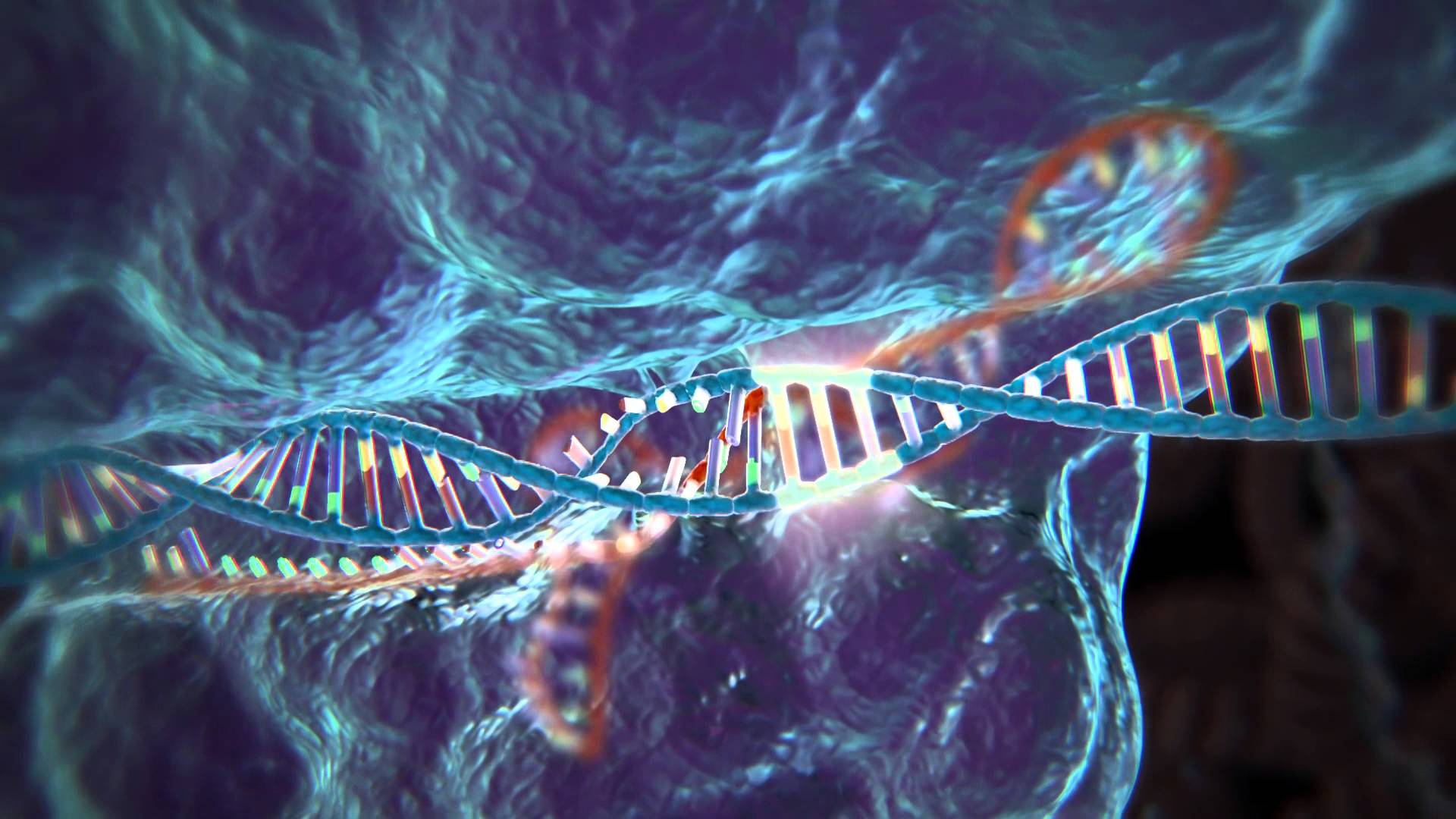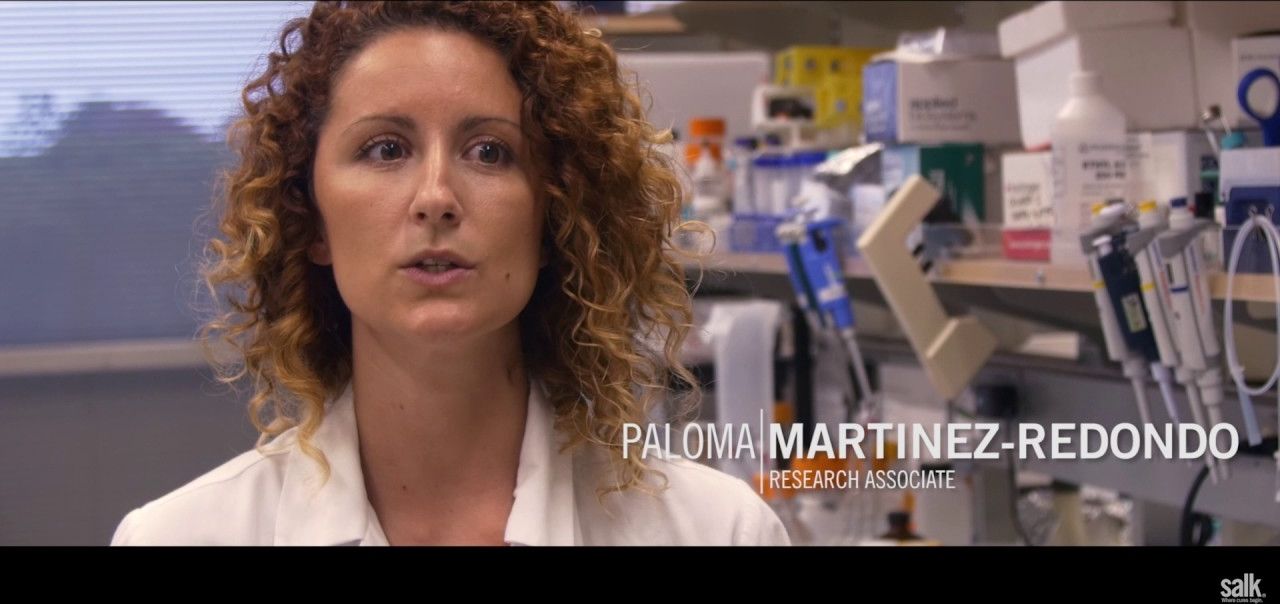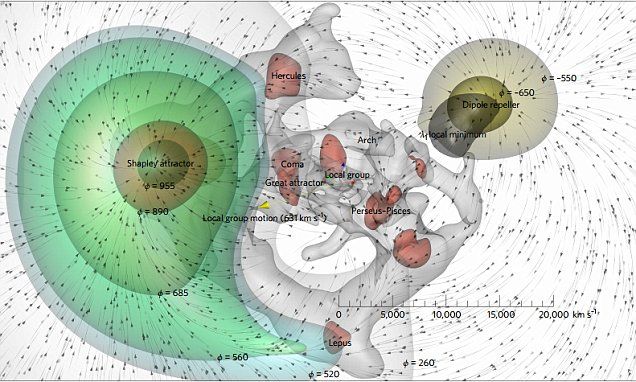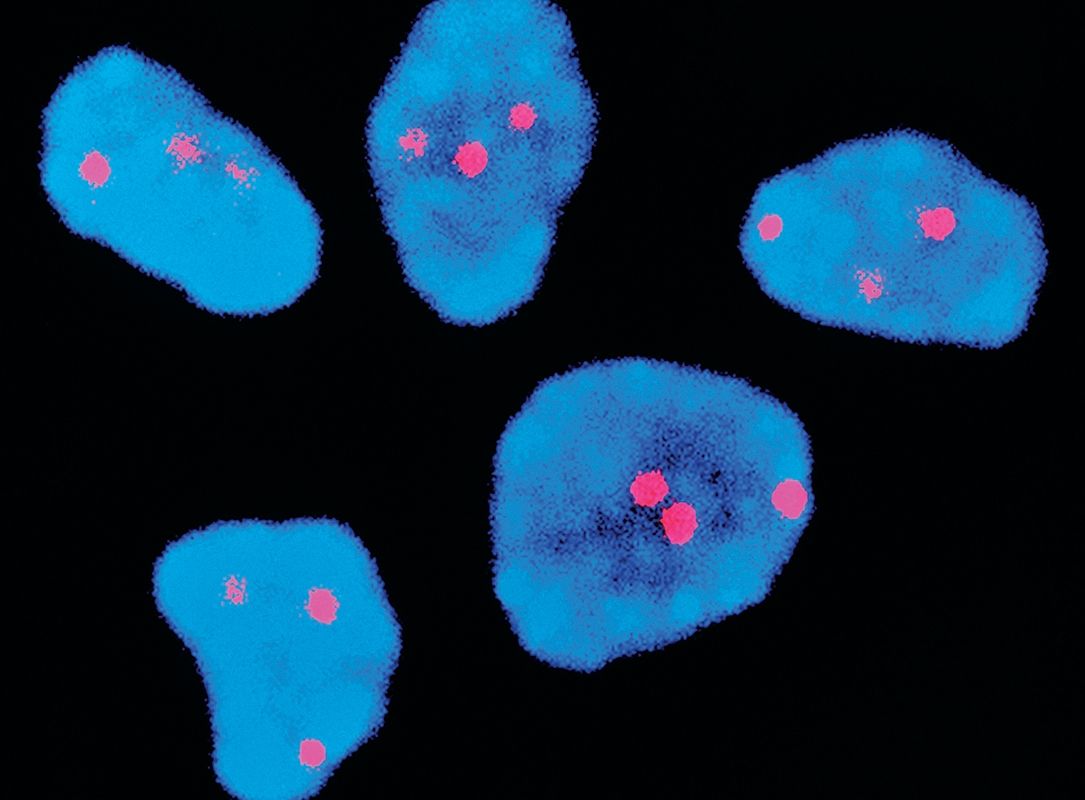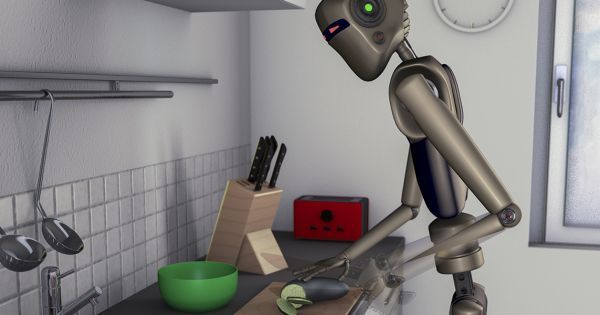Feb 1, 2017
DARPA: Spectrum Collaboration Challenge (SC2) is the first-of-its-kind collaborative machine-learning competition to overcome scarcity in the radio frequency (RF) spectrum
Posted by Klaus Baldauf in category: robotics/AI
Today, spectrum is managed by dividing it into rigid, exclusively licensed bands. This human-driven process is not adaptive to the dynamics of supply and demand, and thus cannot exploit the full potential capacity of the spectrum. In SC2, competitors will reimagine a new, more efficient wireless paradigm in which radio networks autonomously collaborate to dynamically determine how the spectrum should be used moment to moment.
The team whose radio design most reliably achieves successful communication in the presence of other competing radios could win as much as $3,500,000. For more information, see the About Page.



